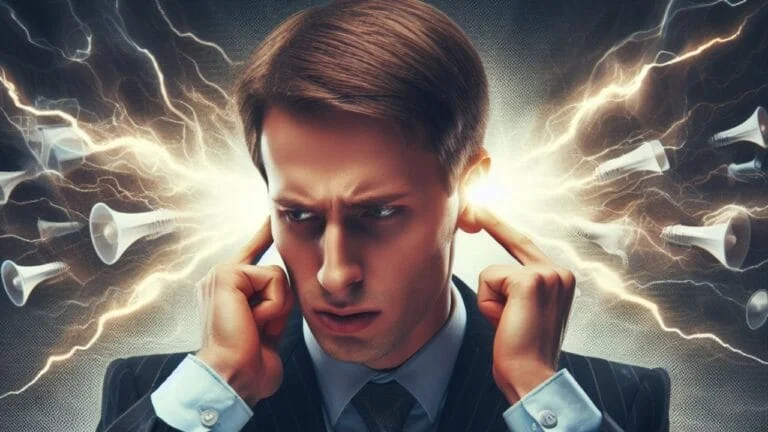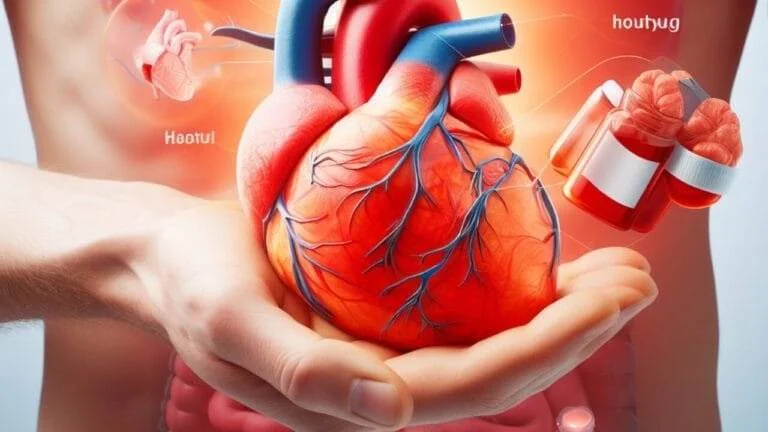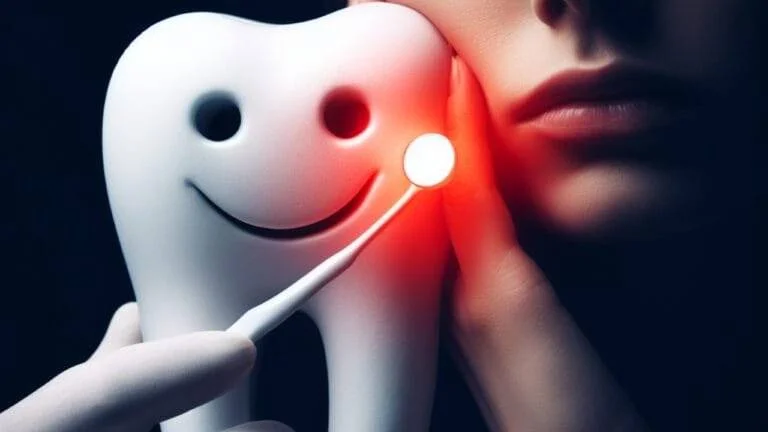5 Spiritual meaning of knee pain
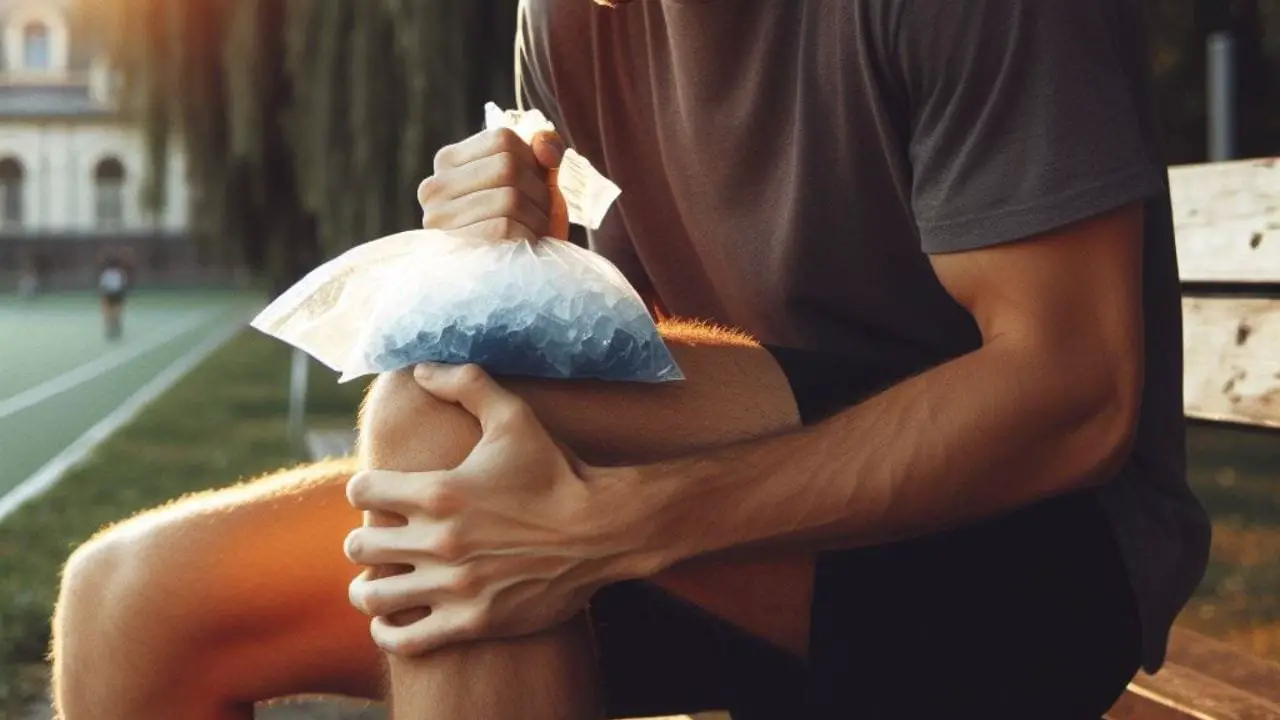
Our knees play a crucial role in our ability to move forward with ease, allowing us to walk, run, and jump. However, sometimes our knees can buckle in unexpected ways, causing pain and discomfort. In this blog, we will delve into the intriguing topic of buckled knees and explore the hidden messages they may hold. Whether your knee is buckled inward, forward, backward, or outward, each position signifies a unique meaning. So, let’s unravel the mysteries behind these buckled knees and gain a deeper understanding of their significance.
Have you ever experienced a sudden ache in your knee and felt an intuitive nudge that there might be more to it than just physical discomfort? Today, let’s explore the spiritual dimensions of knee pain.
The Symbolism of Knees
Knees are fundamental in our journey through life. They enable us to walk, run, kneel, and show flexibility. On a spiritual plane, knees represent our ability to move forward with grace, humility, and purpose. They’re symbolic of our journey through life and the challenges we face.

Pride, Ego, and Humility
A profound spiritual insight reveals that knee pain can often signify issues related to pride and ego. Just as a bent knee can indicate humility and surrender, stiffness or pain in the knee might be a sign that we’re holding on to pride or struggling with humility in certain areas of our life.
Reflecting on the Future
Another layer of interpretation suggests that knee pain, which is crucial for our forward movement, can also indicate fears or hesitations about the future. Experiencing knee pain might be the universe’s gentle way of asking you to reflect on what’s holding you back and to muster the courage to take the next step.
Emotional and Spiritual Burdens
Furthermore, the knees support our entire body weight, symbolizing the emotional and spiritual burdens we carry. Pain in the knees might be a reminder to release old grudges, forgive, and lighten our spiritual load.
The Message of Pain
While these spiritual perspectives offer a deeper understanding, it’s always essential to consult a medical professional for any persistent pain. Our bodies are incredible communicators, bridging the physical and the spiritual, sending waves of healing and introspection your way. Remember, every pain carries a message urging us to listen, reflect, and grow.
Understanding the Deeper Meaning
The woman who sought guidance on her buckled knee provided further information. She revealed that she had experienced emotional turmoil caused by males who had sideswiped her. Additionally, she described a unique sensation of ice-cold, dry ice-like pain in her knee. This coldness represents an emotional numbness resulting from the shock she endured. Moreover, the burning sensation indicates a simmering anger that lingers from the incident. It is important to acknowledge and address these emotions to facilitate the healing process.
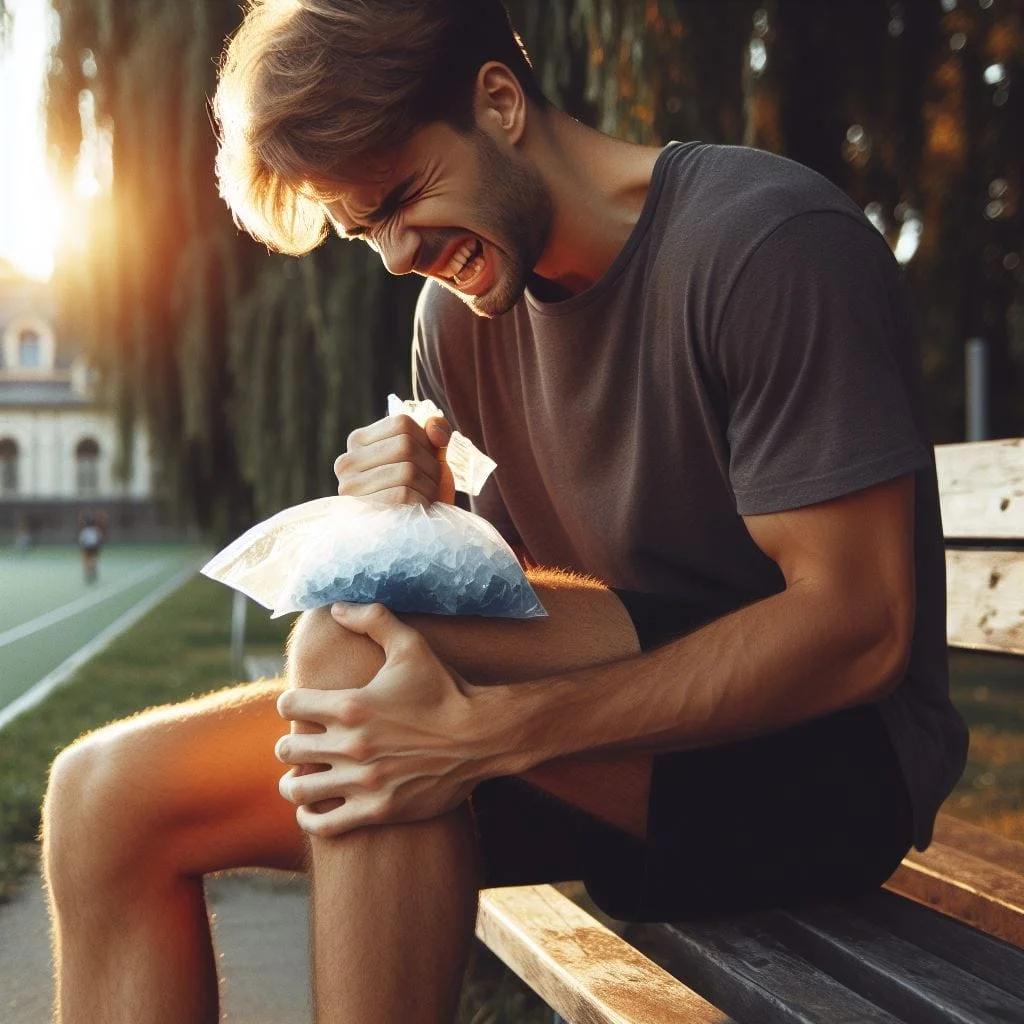
Conclusion
Buckled knees carry hidden messages that are reflective of our emotional experiences. Whether they buckle inward, forward, backward, or outward, each position reveals a unique meaning. By understanding the messages behind our buckled knees, we can gain insights into our relationships, past traumas, and internal support systems. Remember, if you are experiencing pain or discomfort in your knees, it may be beneficial to consult a healthcare professional. Take the time to listen to your body’s language, decode its messages, and embark on a journey towards healing and self-discovery.
FAQs About Knee Pain
What emotion is connected to the knee?
In traditional Chinese medicine and some holistic approaches, emotions are believed to be connected to specific organs, and the kidneys are associated with fear. While the knee itself may not have a direct emotional connection, some practitioners suggest that knee issues could be related to emotional stress or fear. Additionally, psychosomatic connections between emotions and physical symptoms are explored in mind-body medicine, suggesting that emotional well-being may influence the body’s response to pain and discomfort.
What does pain in the left knee mean?
Pain in the left knee can have various causes, including injury, inflammation, or degenerative conditions. From a symbolic perspective, some alternative healing traditions associate the left side of the body with receiving energy. Therefore, left knee pain could be seen as related to difficulties in accepting or processing emotional or energetic imbalances. Exploring the emotional context and seeking a balance between physical and emotional well-being may offer a more comprehensive approach to addressing left knee pain.
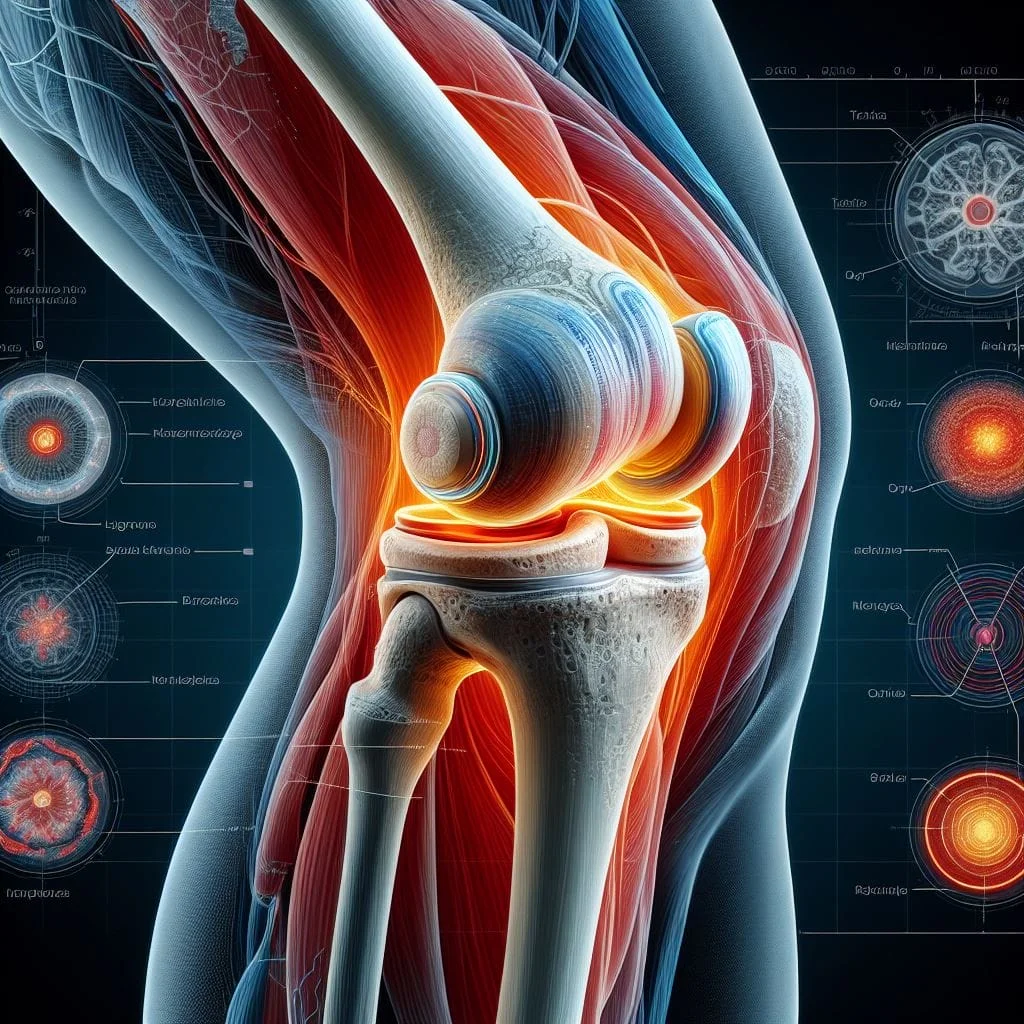
What does the knee symbolize?
Symbolically, the knee is often associated with flexibility, stability, and support. It represents our ability to bend, adapt, and move forward in life. In some cultures, the act of bending the knee is a sign of respect or submission. From a psychological perspective, the knee may also symbolize the ability to be flexible in our thinking and approach to life. Understanding the broader symbolism of the knee can provide insights into one’s attitudes toward adaptability and resilience in the face of life’s challenges.
What does it mean when your left knee gives out?
When the left knee gives out, it could be a sign of muscle weakness, ligament instability, or an underlying injury. Symbolically, the experience might be interpreted as a metaphor for feeling unsupported or lacking stability in some aspect of life, possibly related to the receiving side of energy or emotional support. Addressing the physical aspects through exercises and seeking support for the underlying emotional or energetic challenges may be a holistic approach to this symptom.
What do knees mean in spirituality?
In spiritual contexts, the knees may symbolize humility, surrender, or submission. Kneeling is a common posture in prayer and meditation, representing a humble connection with higher powers or a willingness to surrender to a higher purpose. The knees, in this sense, can be seen as a physical expression of spiritual openness. Additionally, spiritual practices often incorporate physical postures involving the knees to cultivate a sense of reverence and connection to the divine.
Which chakra is responsible for knee pain?
In some holistic healing practices like yoga and Ayurveda, the root chakra (Muladhara) is associated with the legs, knees, and feet. Imbalances in the root chakra are believed to manifest as physical issues, including knee pain. Addressing and balancing the root chakra through practices like grounding exercises may be recommended to alleviate knee discomfort. Exploring the energetic aspects of the body in conjunction with physical care can provide a more holistic approach to managing knee pain.
Is left knee pain related to the heart?
While left-sided pain is sometimes associated with the heart, left knee pain is not commonly directly linked to heart issues. Pain in the left knee is more likely to be related to local factors, such as injury, arthritis, or biomechanical problems. However, holistic approaches may explore connections between physical discomfort and emotional well-being. Taking into consideration the emotional and physical aspects of well-being can contribute to a more comprehensive understanding of left knee pain.
What causes knee pain in females?
Knee pain in females can result from various factors, including biomechanical issues, injuries, arthritis, or hormonal changes. Women may be more prone to certain knee injuries, such as anterior cruciate ligament (ACL) tears, due to differences in anatomy and muscle strength. Hormonal changes, particularly during menstruation, may also influence pain perception. Understanding the multifaceted nature of knee pain in females involves considering both physiological and hormonal factors for a comprehensive approach to care.
What to do if your left knee hurts?
If your left knee hurts, it is advisable to rest and avoid activities that worsen the pain. Applying ice, elevating the leg, and taking over-the-counter pain relievers can help alleviate discomfort. If the pain persists or is severe, consulting with a healthcare professional is recommended to determine the underlying cause and receive appropriate treatment. Additionally, incorporating gentle exercises, such as stretching and strengthening, under professional guidance can contribute to the overall management of left knee pain.
What are signs of weak knees?
Signs of weak knees may include instability, difficulty bearing weight, buckling or giving way, and pain during movement. Weakness in the knee muscles or ligaments can lead to these symptoms, compromising the joint’s stability and function. Strengthening exercises, physical therapy, and lifestyle adjustments may be recommended to address weak knees. Recognizing and addressing these signs can contribute to improving knee strength and preventing further complications.
Is it bad if your knee gives out?
If your knee gives out, it can be a concerning symptom indicating instability or weakness in the joint. This may be due to factors like ligament injuries, muscle weakness, or underlying joint conditions. Seeking medical attention is crucial to diagnose the cause and implement appropriate interventions, preventing further injury. Understanding the potential implications of a knee giving out can guide individuals toward timely and effective medical evaluation.
What is the knee trick?
The term “knee trick” is not specific, and its meaning can vary depending on the context. It could refer to a physical exercise or movement designed to improve knee strength and stability. However, without additional details, it’s challenging to provide a more precise interpretation of the term “knee trick.” Exploring different exercises and physical therapy techniques aimed at enhancing knee function could be part of the broader concept of a “knee trick.”
What does weak knees mean spiritually?
Spiritually, weak knees may symbolize a lack of grounding, stability, or resilience in the face of challenges. It could be interpreted as a metaphor for difficulties in maintaining spiritual or emotional balance. Strengthening spiritual practices, seeking support, and fostering resilience may be considered in addressing spiritual interpretations of weak knees. Understanding the spiritual dimensions of weakness in the knees provides an opportunity for introspection and spiritual growth.
What is the story behind taking a knee?
Taking a knee has become a symbolic gesture in various contexts, notably as a form of peaceful protest against social injustice. Originating in sports, particularly in American football, athletes taking a knee during the national anthem express solidarity with movements advocating for racial equality and justice. The act symbolizes a peaceful and respectful form of protest. Additionally, the story behind taking a knee involves a collective effort to raise awareness about systemic issues and promote positive societal change.
What does knees of the gods mean?
“Knees of the gods” is a poetic or metaphorical expression that may be used to signify a position of great strength, stability, or authority. It suggests a sense of unwavering support, resilience, or power, drawing on the symbolism of the knees as a foundation or support structure. Exploring the metaphorical significance of “knees of the gods” can evoke imagery of divine strength and steadfastness in the face of challenges.
Which food is not good for knee pain?
Some foods may contribute to inflammation and worsen knee pain. These include processed foods, sugary snacks, and beverages, as well as foods high in saturated fats. Certain individuals may also be sensitive to specific foods that trigger inflammation, and it can be beneficial to consult with a healthcare professional or a nutritionist for personalized advice. Understanding the dietary factors that may impact knee pain allows individuals to make informed choices for better joint health.
Can weight gain cause knee pain?
Yes, weight gain can contribute to knee pain, especially in the context of conditions like osteoarthritis. Excess body weight places additional stress on the knees, potentially accelerating wear and tear on the joint. Maintaining a healthy weight through proper diet and exercise can help alleviate knee pain and reduce the risk of developing knee-related issues. Recognizing the connection between weight management and knee health empowers individuals to adopt lifestyle changes that support overall joint well-being.
Is walking good for a bad knee?
Walking can be beneficial for individuals with knee issues, as it is a low-impact exercise that helps maintain joint flexibility and strength. However, the appropriateness of walking for a bad knee depends on the specific condition and severity of the pain. It’s advisable to consult with a healthcare professional or physical therapist to determine the most suitable exercise regimen. Incorporating appropriate exercises, including walking, can contribute to overall joint health with guidance from healthcare experts.
What emotions are trapped in your legs?
In some alternative healing traditions, emotions such as fear, anxiety, or unresolved trauma are believed to be stored in the legs. Practices like energy healing, acupuncture, or body-oriented therapies aim to release or balance these emotions to promote overall well-being. Exploring the concept of emotions being trapped in the legs invites individuals to consider the mind-body connection and explore holistic approaches to emotional release and healing.
Can emotional stress cause knee pain?
While emotional stress itself may not directly cause knee pain, it can contribute to the exacerbation of existing physical conditions. Stress may lead to muscle tension, changes in posture, or altered movement patterns, potentially affecting the knees. Holistic approaches that address both emotional and physical well-being may be beneficial. Recognizing the interplay between emotional stress and physical symptoms encourages individuals to adopt holistic strategies for managing stress and promoting overall health.
Which organs hold which emotions?
In traditional Chinese medicine and certain holistic approaches, emotions are thought to be associated with specific organs. For example, the liver is linked to anger, the kidneys to fear, the heart to joy, the lungs to grief, and the spleen to overthinking or worry. These associations are part of a broader understanding of the mind-body connection. Exploring the emotional associations with different organs fosters a deeper understanding of holistic well-being and encourages individuals to consider emotional health alongside physical health.
When your knee feels tight?
A sensation of tightness in the knee may be indicative of various issues, including muscle tension, inflammation, or joint stiffness. It could result from overuse, injury, or underlying conditions. If the tightness persists or is accompanied by pain, swelling, or limited range of motion, seeking medical evaluation is advisable to identify the cause. Understanding the potential causes of knee tightness prompts individuals to take proactive steps in addressing underlying issues and seeking appropriate medical guidance.
Why is my left knee not straight?
A left knee that is not straight may be a sign of various issues, such as muscle imbalances, joint misalignment, or structural abnormalities. Conditions like knock-knee (valgus) or bowlegged (varus) alignment can affect the straightness of the knee. Consultation with a healthcare professional, particularly an orthopaedic specialist, can help diagnose and address the underlying cause. Understanding the factors contributing to a left knee not being straight guides individuals toward informed decisions regarding appropriate interventions and care.
How can I make my knees stronger?
Strengthening the knees involves a combination of exercises to target the muscles around the knee joint. Quadriceps, hamstrings, and calf muscles play crucial roles in knee stability. Activities like leg presses, squats, lunges, and specific physical therapy exercises can help improve knee strength. It’s important to start gradually and consult with a healthcare professional or fitness expert for personalized guidance. Providing individuals with practical guidance on strengthening exercises empowers them to take an active role in enhancing their knee strength and overall joint health.
Is it better to rest or walk with knee pain?
The appropriate approach to knee pain depends on the underlying cause. In some cases, rest may be necessary to allow healing, while gentle walking can promote circulation and prevent stiffness. However, in conditions like osteoarthritis, staying active with low-impact exercises, under professional guidance, can be beneficial. Consulting with a healthcare provider is crucial for personalized advice. Clarifying the nuanced approach to rest and activity in managing knee pain ensures individuals receive tailored recommendations based on the specific nature of their condition.
Which knee pain is serious?
Knee pain that persists, worsens over time, or is accompanied by swelling, redness, and warmth may be indicative of a more serious condition. Conditions such as osteoarthritis, rheumatoid arthritis, ligament injuries, or meniscus tears may require medical attention. Severe pain following an injury or an inability to bear weight on the knee should prompt immediate medical evaluation. Recognizing the signs of serious knee pain encourages individuals to seek timely medical intervention and appropriate care.
What is the figure 4 test for knee pain?
The figure 4 test, also known as the Faberge manoeuvre, is a physical examination manoeuvre used to assess hip and sacroiliac joint function. It involves crossing one ankle over the opposite knee and gently pressing down on the elevated knee, assessing for pain or limitations. While it primarily evaluates hip and pelvic issues, it may indirectly provide information about knee discomfort related to certain conditions. Understanding the purpose and implications of the figure 4 test enhances individuals’ awareness of its role in assessing hip and knee function.
What is the right knee for God?
The concept of a “right knee for God” is not a specific religious or spiritual doctrine. In various religious and cultural contexts, the right side is often associated with positive attributes such as strength, honour, or righteousness. Symbolic interpretations may vary, and specific beliefs or rituals related to the right knee would depend on the cultural or religious traditions involved. Delving into the cultural and symbolic significance of the right knee in diverse contexts allows individuals to appreciate the richness of spiritual symbolism.


